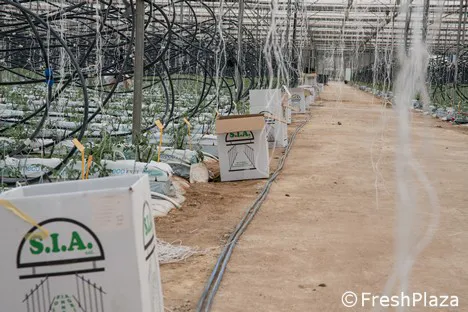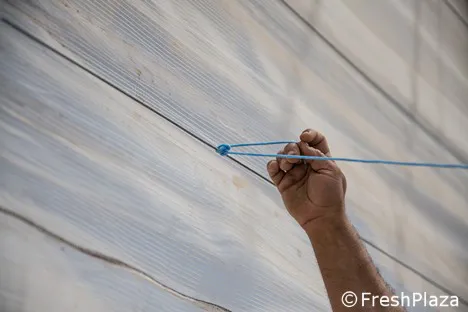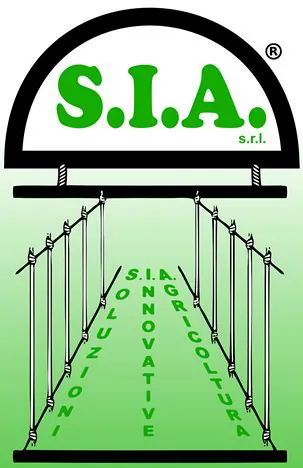Energy crisis, rising production material prices, chronic labor shortages-these are the increasingly heavy burdens weighing on the shoulders of fruit and vegetable companies. Hence, the need to rationalize costs, streamline procedures and rationalize the workforce is becoming increasingly stringent, if not indispensable.
Yet how do you reduce lead times, for example, for greenhouse horticultural tutoring? A system developed by SIA Sicilia Group can reduce plant tutoring operations by 50 percent and more. We talked about it with Alessandro Avarino, creator of the Ideal tutor system and owner of the company.
 The tutoring system applied to a greenhouse crop. Descending wires are ready to bind the tree
The tutoring system applied to a greenhouse crop. Descending wires are ready to bind the tree
"The Ideal Tutor system, a patented innovation, has been highly appreciated by professional greenhouse operators for years," says Avarino. "The traditional way of supporting plants in greenhouses requires extensive resources in terms of labor and time expenditure, with a significant impact on production costs. The solution we devised, on the other hand, avoids time-consuming activities in terms of execution time. Among other things, it is a system aimed at improving the working conditions of farmers who, with Ideal Tutor, no longer have to bend their backs or climb up improvised and dangerous ladders and stools."
 Anchoring
Anchoring
"Moreover, our system facilitates not only the tying operations of the plant during the growing phase," added the expert, "but also the post-crop management of the supporting apparatus, such as at the stage of its removal. The system consists of a structure made from polyethylene wires, used for tying the most common crops: tomato, eggplant, bell pepper, etc.; it is very versatile, and it is assembled industrially, starting with nylon wire, and it comes in a large assortment of solutions about the size of the wires, the distances between vertical wires, compliance with planting distances, etc. Likewise, well-articulated is the assortment of hooks, simple or multiple, useful for top anchoring."
Video interview with Alessandro Avarino, who explains how the tutor system works
Ideal Tutor is supplied in packaged coils, where the total height and inter-distances between vertical wires are predetermined for all kinds of different solutions. The fastening of the system is achieved by unwinding the coil at the crop rows. Top anchorage is achieved by means of hooks.
In order to meet additional production needs in crops where plant growth is indeterminate, the new Ideal Dynamic Tutor system has been added to the system described so far. This is essentially the same construction system as the previous one but additionally equipped with a modular system of pallets that allows, through small cuts to the Ideal Tutor structure, to carry out additional pallets when the cultivation has reached the eave height so as to lower the cultivation by the desired height (30 to 60 cm per module). The operation can be carried out up to three times, as it is possible to lower and, thus, continue growing the crop an additional 90 to 180 cm. In this way, one obtains, within the same cultivation, the capacity to lengthen the vegetative-productive life of the crop and increase its productivity without incurring the cost of replanting it.
For more information:
Alessandro Avarino
SIA Sicilia Group
Via XXV Aprile, 42
97019 Vittoria - IT
+39 3345837641
[email protected]
www.siagroupsrl.it
